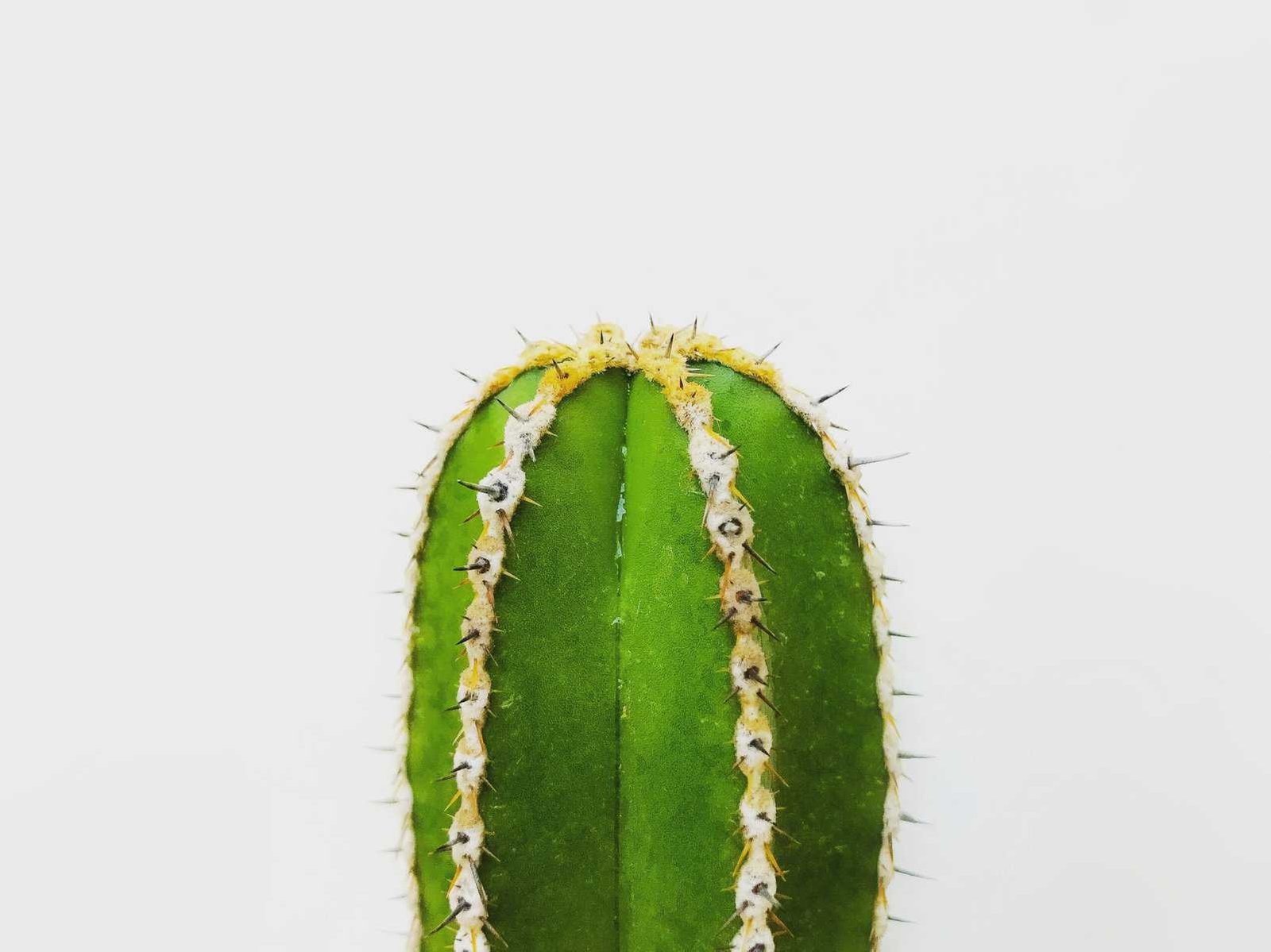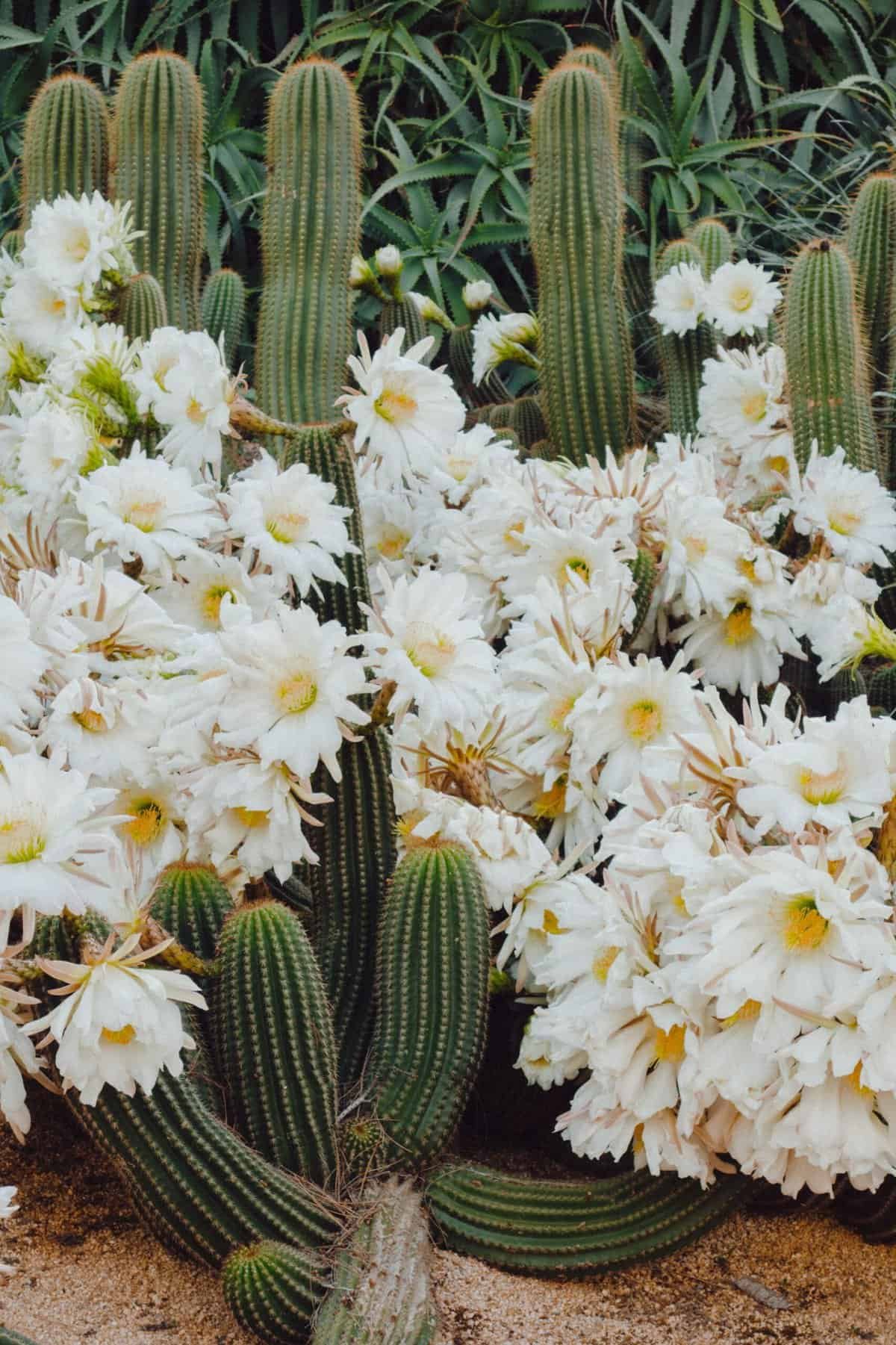If you have ever wondered how to keep your nopal cactus healthy and free from fungal diseases, look no further! In this article, we will explore effective ways to prevent and treat fungal infections in nopal. From proper watering techniques to utilizing natural remedies, you will discover simple yet powerful methods to ensure the robustness of your beloved cactus. So, let’s dive in and learn how to protect your nopal from fungal diseases!
Understanding Fungal Diseases in Nopal
Nopal, also known as prickly pear cactus, is a beloved succulent plant that is grown for both its edible pads and fruits. However, like any other plant, nopal is susceptible to fungal diseases that can hinder its growth and productivity. Understanding the types of fungal diseases that can affect nopal and recognizing their common symptoms is crucial in effectively preventing and treating them.
Types of Fungal Diseases in Nopal
There are several types of fungal diseases that can affect nopal, including:
Anthracnose: This fungal disease is caused by various species of the Colletotrichum fungus. It usually affects the fruits of the nopal plant, causing small, sunken lesions with dark centers. As the disease progresses, these lesions can enlarge and become necrotic, leading to fruit rot and a decrease in fruit quality.
Fusarium Rot: Fusarium species can cause rotting of nopal pads and fruits. Infected pads develop soft, watery lesions that may have a foul smell. Infected fruits, on the other hand, can develop brown, sunken lesions and eventually rot completely.
Powdery Mildew: Powdery mildew is a common fungal disease that affects many plant species, including nopal. It manifests as powdery white patches on the pads, fruits, or stems of the plant. These patches can hinder photosynthesis and cause stunted growth.
Root Rot: Root rot is caused by various fungi, including Phytophthora and Pythium species. It typically affects the roots of the nopal plant, causing them to become dark, mushy, and eventually rot. This can result in wilting, yellowing of the foliage, and overall poor growth.
Common Symptoms of Fungal Diseases in Nopal
Identifying the symptoms of fungal diseases in nopal is essential in managing and treating the issue effectively. Some common symptoms include:
Leaf spots or browning: Fungal diseases often manifest as small, dark spots on the leaves or as browning of the leaf margins. These spots can gradually enlarge and merge, leading to severe leaf damage.
White or grayish powdery patches: Powdery mildew infections usually appear as white or grayish powdery patches on the nopal pads, fruits, or stems. These patches are a clear indicator of a fungal disease.
Soft, watery lesions: Fusarium rot and other soft rot fungal diseases cause the formation of soft, watery lesions on the affected pads or fruits. These lesions can be accompanied by a foul smell.
Root decay: In cases of root rot, the roots of the nopal plant become dark, mushy, and may exhibit a foul odor. This can result in wilting, yellowing of the foliage, and eventual death of the plant.

Prevention Measures for Fungal Diseases in Nopal
Preventing fungal diseases in nopal is key to maintaining the health and productivity of your plants. Here are some prevention measures you can take:
Ensure proper spacing and ventilation
Proper spacing between nopal plants is essential to prevent the spread of fungal diseases. Adequate spacing allows for better air circulation, which helps to inhibit the growth and spread of fungal spores. Additionally, providing proper ventilation by avoiding overcrowding can reduce humidity, another factor that promotes fungal growth.
Practice crop rotation
Implementing a crop rotation schedule can help reduce the risk of fungal diseases in nopal. By rotating the location of nopal plants each season, you can disrupt the life cycle of pathogens present in the soil, preventing their buildup and reducing the likelihood of infection.
Maintain optimal soil conditions
Keeping the soil in optimal condition is essential for preventing fungal diseases. Ensure the soil has good drainage to prevent waterlogging, as excessive moisture can create a favorable environment for fungal growth. Regularly test the pH of the soil, as well-balanced pH levels can promote plant health and resistance to diseases.
Avoid overwatering
Overwatering is a common mistake that can lead to fungal diseases in nopal. Allow the soil to dry out between watering sessions, as excessive moisture can create a damp environment that encourages fungal growth. Water the plants at their bases, avoiding wetting the pads or fruits directly.
Keep plants clean and tidy
Regularly remove any fallen debris, dead leaves, or diseased plant material from the vicinity of the nopal plants. These materials can serve as a reservoir for fungal spores that can infect the healthy plants. Keeping the surrounding area clean and tidy reduces the risk of fungal diseases.
Use disease-resistant varieties
Selecting disease-resistant varieties of nopal can significantly reduce the susceptibility to fungal diseases. When choosing which varieties to grow, look for ones that are known to have a natural resistance to common fungal pathogens in your area.
Implement organic pest control methods
In some cases, pests can weaken the nopal plants, making them more susceptible to fungal diseases. Implementing organic pest control methods, such as introducing beneficial insects or using biodegradable insecticides, can help maintain a healthy plant population that is better equipped to resist fungal infections.

Treatments for Fungal Diseases in Nopal
Despite your best preventive efforts, fungal diseases may still occur in your nopal plants. Fortunately, there are various treatment options available:
Remove and destroy infected plants
If you notice signs of fungal diseases in your nopal plants, it is important to act promptly. Remove and destroy any infected plants or plant parts, including fruits, pads, or infected sections of the stem. This will help prevent the spread of the disease to healthy plants.
Apply fungicides
For severe fungal infections, the application of fungicides may be necessary. Choose a fungicide labeled for use on nopal and apply it according to the instructions provided. Be sure to wear protective clothing and follow safety precautions when using chemicals.
Use biological control agents
Biological control agents, such as beneficial fungi and bacteria, can help combat fungal diseases in nopal. These organisms colonize the plant and inhibit the growth of pathogenic fungi. Commercially available biological control agents can be applied following the provided instructions.
Prune affected areas
Pruning affected areas of the nopal plant can help manage fungal infections. If you observe localized fungal damage, carefully prune away the infected parts using sterile pruning tools. Dispose of the pruned material properly to prevent further contamination.
Adjust watering and fertilization practices
Review your watering and fertilization practices to ensure they are not contributing to the spread of fungal diseases. Maintain a consistent watering schedule, and adjust the frequency and amount of water based on the specific needs of your nopal plants. Avoid over-fertilizing, as excessive nutrient levels can weaken the plants and make them more susceptible to fungal infections.
Improve air circulation
Enhancing air circulation around your nopal plants can help prevent fungal diseases. Trim any nearby vegetation that could obstruct airflow and provide shade, as excessive shade can create a damp environment. Consider using fans or strategically placing the plants in areas with increased airflow to promote drying and discourage fungal growth.
By understanding the types of fungal diseases that can affect nopal, recognizing their symptoms, and implementing preventive measures and treatment options, you can effectively prevent and manage fungal diseases in your nopal plants. With proper care and attention, your nopal plants can thrive and provide you with a bountiful harvest of delicious fruits and pads.


